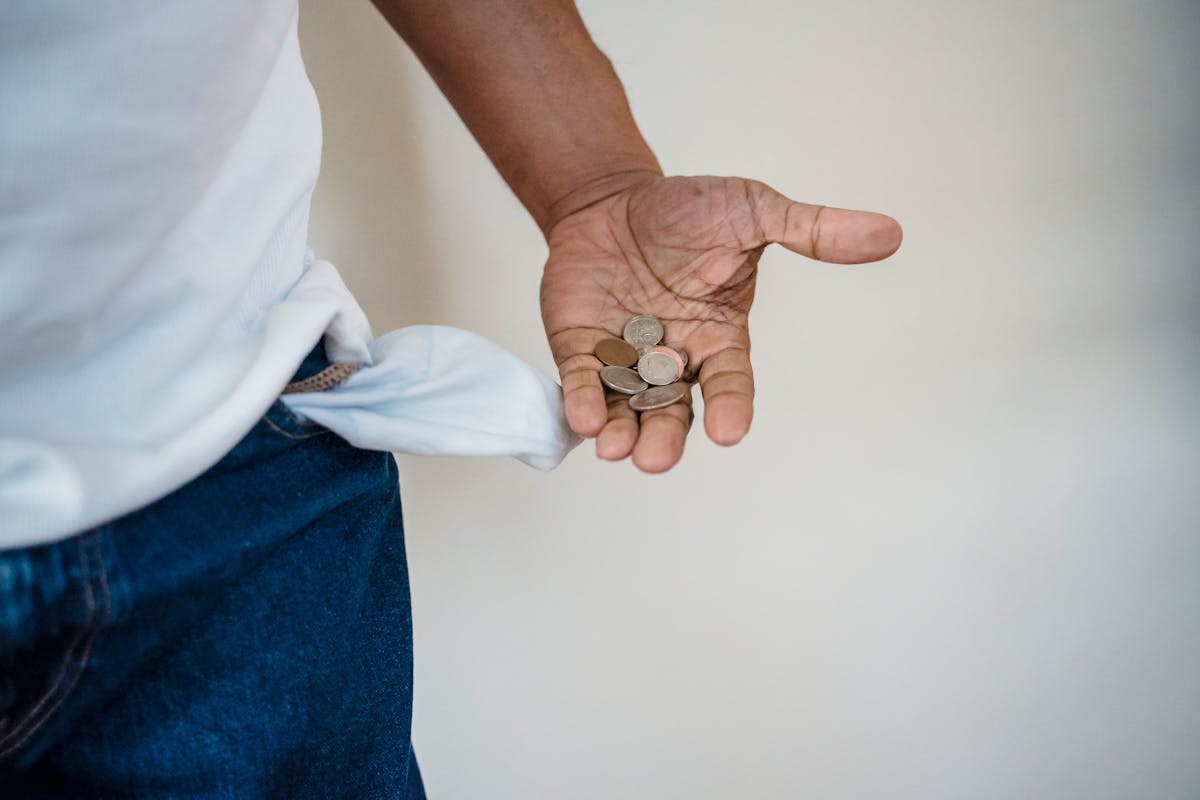Debt can feel overwhelming, but the first step in regaining control is gaining a clear understanding of your financial position. Begin by compiling a list of all your debts, including credit card balances, personal loans, car payments, student loans, and any outstanding medical bills. For each item, note the total amount owed, the minimum monthly payment, the interest rate, and the due date. This snapshot will help you see both the big picture and the details of your financial commitments.
Reflect on Jane’s situation: she collected five credit cards, an auto loan, and a minor personal loan. By making a spreadsheet to note down interest rates and monthly payments, Jane realized that certain cards had interest rates almost three times higher than others. This understanding enabled her to manage her repayments with greater strategy.
Evaluating Your Financial Means
Bien, compara tus ingresos con tus gastos. Registra todas las fuentes de ingresos, como salario, trabajos freelance y ayudas gubernamentales, y enumera todos los gastos mensuales, separando los esenciales (alquiler, servicios, comida) de los no esenciales (entretenimiento, comer fuera). Muchas personas tienden a subestimar lo que gastan a diario; usar aplicaciones de presupuestación o extractos bancarios puede ofrecer un reconocimiento objetivo de los hábitos.
Upon reviewing her budget, Jane noticed she spent $120 monthly on coffee and lunches. Redirecting these funds towards debt payments would save her hundreds in interest over a year.
Creating a Realistic Repayment Plan
Once you have a clear understanding of your financial figures, decide how much you can practically dedicate to clearing your debts each month. A couple of well-known approaches are the debt avalanche—this targets additional payments toward the debts with the highest interest first—and the debt snowball—which eliminates the smallest debts first to gain early psychological victories. Insights from the Harvard Business Review indicate that individuals often adhere to repayment plans more consistently when they experience early and visible advancements; therefore, factor in personal drive when choosing a method.
Suppose you owe: $500 (18% APR), $2,000 (24% APR), and $800 (12% APR). The avalanche approach would have you pay the $2,000 first, while the snowball targets the $500 debt. There is no universally superior method; the key is consistency.
Interacting with Creditors and Seeking Assistance
If paying the minimum or more seems impossible, contact your creditors before you miss any payments. Numerous lenders offer programs for hardship, temporary rate cuts, or options for forbearance. When Jane became unemployed, she notified her credit card issuers and arranged for reduced payments until she found work again. Taking action shows responsibility and can help avoid negative credit marks.
Investigate nonprofit credit counseling organizations within your area. Certified advisors assist in managing finances, might help with negotiating reduced payments, and occasionally oversee debt management plans that combine various payments into a single one. Be cautious of profit-driven companies offering rapid solutions; always confirm credentials and check reviews.
Prioritizing Essential Payments
Certain financial obligations come with harsher repercussions if not paid, like home loans, rental dues, and essential service bills, which could risk losing a home or crucial utilities. Focus on these over non-collateralized debts (such as credit cards), particularly in challenging times. For instance, in the initial stages of the pandemic, several regions provided protections against evictions or support for utility payments—dedicate time to explore local safeguards or aid initiatives.
Reducing Expenses and Boosting Income
Reducing expenses may release essential funds for repayment. Discontinue subscriptions that aren’t in use, opt for cheaper mobile plans, and utilize community services such as public libraries or food banks during difficult times. Additionally, selling items online or engaging in short-term employment (gig work, tutoring, freelance tasks) can create a significant change within a few months.
Consider the story of Luis, who, by driving for a rideshare service part-time, generated extra payments that shaved six months off his debt timeline.
Tackling the Emotional Effects of Debt
The psychological burden of debt often leads to stress, sleeplessness, and isolation. Engage trusted friends or family for support, or connect with support groups where you can share and learn from others’ journeys. Financial therapy is gaining prominence, helping people untangle emotional drivers of spending and anxiety over debt.
Identifying When to Request Expert Assistance
If your debt load is unmanageable—if, for instance, you juggle payments with payday loans or consistently miss minimum payments—it may be time to consult a bankruptcy attorney or financial advisor. Bankruptcy is a significant decision with far-reaching effects, but for some, it provides a necessary reset. Understanding all legal rights and options can empower you to make informed choices rather than acting out of desperation.
Building Long-Term Financial Resilience
Tackling outstanding debt ought to be seen as an integral aspect of fostering overall financial well-being. Mastering budgeting, establishing emergency funds—even a modest reserve of $500—can assist in disrupting patterns of continual debt. Investigate financial education options from trusted organizations, like the Consumer Financial Protection Bureau’s free digital tools or classes offered within local communities.
Adopting these proactive approaches transforms debt from an endless burden into a challenge that, with effort and support, can be overcome. Each repayment, each positive choice, builds not only a path out of current obligations but also lays a foundation for sustained financial strength and stability.



:max_bytes(150000):strip_icc()/GettyImages-22099526461-695f119f7b254a52aee8839ff8d99daf.jpg)